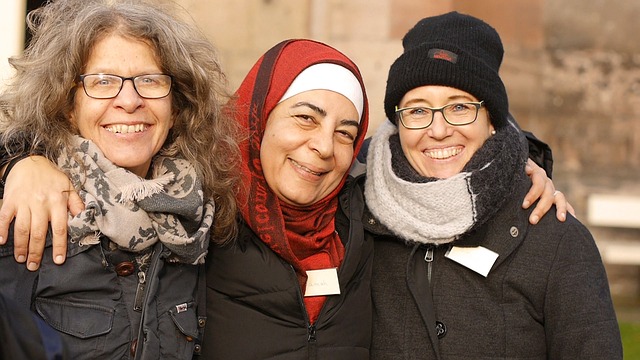Women’s lives as asylum-seekers, in limbo, in Australia
This post forms part of our series in showcasing abstracts of presentations featured at our annual postgraduate interdisciplinary conference on refugee and forced migration research, hosted in November 2018 at The University of Melbourne.
HANNE WORSOE
Since 2011, about 36,000 people have sought safety in Australia by means of a people-smuggling boat. Policies of deterrence enacted by the Australian government ostensibly countered the high amount of drownings at sea, but also worked to counter political criticism about managing the “integrity” of Australia’s borders. Under “Bridging Visa Es” granted to them, these people were forced to live off 89% of an unemployment benefit, and denied resettlement services and work. Today, 91% of these people are not detained, but live in the community. Frozen in asylum-seeker-limbo for over six years, they are now known as the “asylum legacy caseload”. Under new “fast-track” processing of refugee claims, they are offered one of two further temporary visas in a lengthy and difficult process with a reduced refugee recognition rate. There is huge pressure on voluntary legal clinics to process often-complex claims, with limited preparation for a two-hour interview with DIBP, and then the lengthy appeals process that often ensues.
As yet, there has been no intersectional unpacking of how such laws and policy impact people differently. It is my contention that asylum-seeking women, as 20% of the cohort, have a gendered asylum-seeker experience, distinctly and diversely socially embodied. Using participant observation at an asylum seeker clinic, and interviews with practitioners, I provide initial fieldwork findings on the effects of temporary visas on women of the “asylum legacy caseload”.
Hanne Worsoe has worked in education for two decades. She graduated from the University of Queensland in 2013 with a Masters of Development Practice. After volunteering with refugees, she began a PhD about women asylum-seekers in Australia in 2016. This paper is a result of recent fieldwork.
